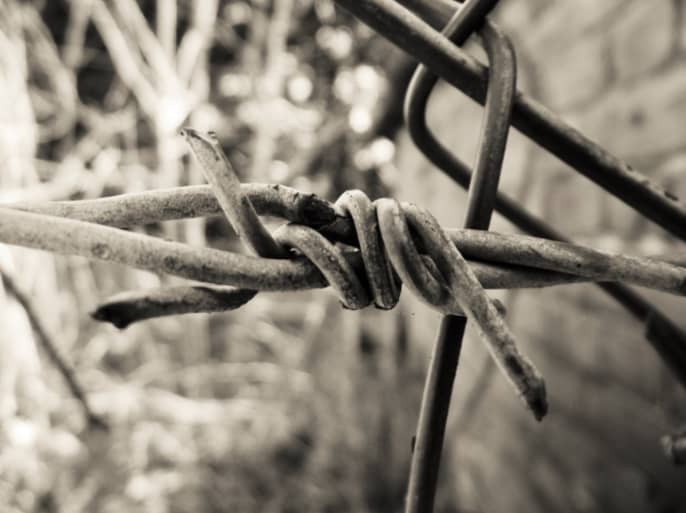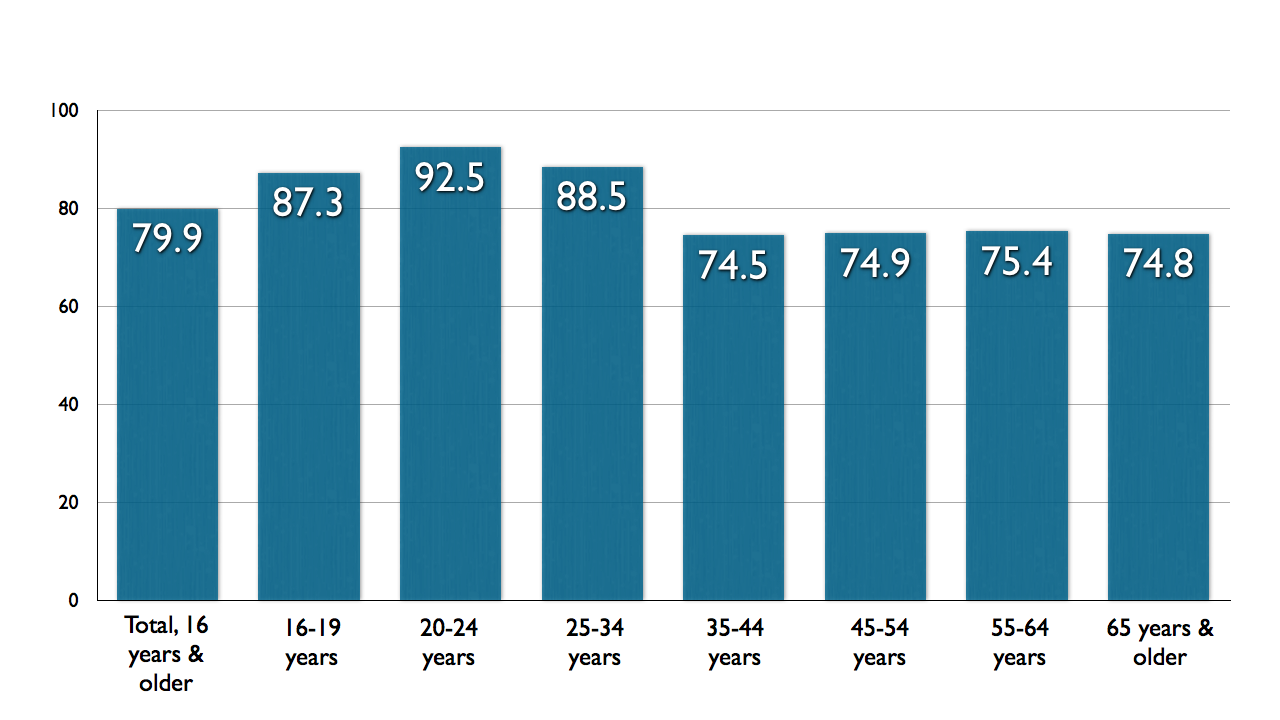[dropcap]T[/dropcap]he media, our teachers and professors, globally renowned celebrities and so many other self styled victims have become pawns in spreading the greatest deception that continues to perpetuate the American and Global society: The Gender Pay Gap. In celebrating women’s equality, our country, the great United States of America, seems to be at fault for not allowing itself to forgive a previously male dominated society: a workforce that intentionally discredited women’s work though inadequate pay checks. What this means is that although America has taken great strides in gender equality, this achievement is shamed into submission in case recognizing it would mean the discreditation for what women once went through. This is not to say that discrimination in a previous era’s working force should ever be entirely forgotten or even repeated. However, the Equal Pay Act having been passed in 1963 led to so many abounding leaps in gender equality that overlooking it to constantly remind women what their gender has had to endure seems unfair. So, in order to debunk this myth of an extreme gender wage gap, it is necessary to prove the frequently argued analogy of 77 cents to a man’s dollar as entirely misinterpreted. As is it necessary to disprove the argument of women’s overrepresentation in low paying jobs as something of a measly government handout. The last and possibly the most frequently brought up myth would be the “fact” that when a women enters the workforce straight out of college, a wage gap between male co-workers will already be snowballing into something unstoppable. See the gender wage gap is not an unstoppable snowball, how can it be when there isn’t even snow on the ground?
[perfectpullquote align=”full” bordertop=”false” cite=”” link=”” color=”” class=”” size=””]The media, our teachers and professors, globally renowned celebrities and so many other self styled victims have become pawns in spreading the greatest deception that continues to perpetuate the American and Global society: The Gender Pay Gap. [/perfectpullquote]
The Snowball Effect
In order to explain just how significantly time damages the statistical equality between the gender paychecks, it is necessary to look at surface data. Skimming the surface would entail a mere math equation. The Center for American Progress explains that the 77 cent comparison stems from a simple equation deriving from the average earnings of women working full time, year round divided by what men working full time, year round will make. How can that possibly account for a magnitude of differences between the two sexes? The easiest answer is that it simply cannot. The Bureau of Labor Statistics claims that a typical American man will work 52 minutes longer per day than their female counterparts in a typical 40 hour week. The Bureau of Labor Statistics also states that this is evidence for women’s greater likelihood of working part time. Not only are women more likely to work part time, they are also more likely to put in less time than a man when working full time (35 or more hours). Their male counterparts, on average, will work 8.4 hours a day in comparison to women’s 7.8 hour days. Each minute, hour and day worked more by men snowballs the amount of money earned so that women will forever look like the victims of a corrupt government.

John F. Kennedy Signing the Equal Pay Act 1963 Credit: Wikipedia Commons
Legality of Paying Women less
The first step in eliminating the wage gap that persisted in the 20th century was to pass something known as the Equal Pay Act of 1963. This paved the way to a workforce in which a man would no longer be allowed to discriminate women, much less an entire workforce. Women hoped this to be true, and though it took time, would eventually be the case. Under section 6, “The Minimum Wage,” it states, “No employer having employees subject to any provisions of this section shall discriminate, within any establishment in which such employees are employed, between employees on the basis of sex by paying wages to employees in such establishment at a rate less than the rate at which he pays wages to employees of the opposite sex in such establishment for equal work on jobs the performance of which requires equal skill, effort, and responsibility, and which are performed under similar working conditions.” What this clause is stating is that no longer can gender be the basis of discrimination. John F. Kennedy is responsible for working towards gender equality by signing a monumental document and yet it seems his work and the work of so many women are overlooked. [perfectpullquote align=”full” bordertop=”false” cite=”” link=”” color=”” class=”” size=””]The feminists in the 20th century shaped the US to what it is today, a country with almost no gender wage gap.[/perfectpullquote]
Women’s Median Earnings by Age
The graph below is chosen to specifically demonstrate what statistics look like based on that same division problem previously mentioned. When a group of women are put together with no relation except that they possess the same relative age, it would appear that a wage gap still persists. However that is far from the truth because each age group corresponds to what the average woman is doing during a specific period in her life. Whether it be obtaining a high school diploma, entering college, beginning a career, or even having children, it all corresponds to why women are earning what they are. More teenage boys are working at ages 16 and older than teen girls according to the Bureau of Labor and Statistics which will most definitely skew teenage girls earnings. There is virtually no wage gap between the ages of 20 and 24 and that is largely in part because both men and women are at the baseline for their careers, a metaphorical starting line. However when women start having babies between the ages 25 and 34 (the average age group for women to start a family) the gap starts to widen until it reaches a fairly constant gap. Do these numbers seem as malicious when knowing just why women seem to have such an unfair disadvantage?
Overrepresentation In Low Paying Jobs
This argument that women are being overrepresented in low wage jobs can easily be broken down. When taking a look at the belief system of feminists, women’s overrepresentation in low wage jobs, it is incredibly evident that it isn’t a statistic of sexism, but rather women’s ambition. The work force is 53% men and 47% women, however women account for 65% of the low wage jobs. Low wage including office and administrative assistance, food preparation and serving, and beauty and personal services. The thing about taking these for evidence to support workforce discrimination is that each field specified requires a degree, some even a bachelor. The women (and men) who are applying and earning their way into a “low wage job” are those who desired the jobs as something they could be passionate about and work towards the higher end of the latter. A college degree was given to each student and a job offer to pay the bills. There are women, however, who do take low paying jobs as a means to make ends meet such as single mothers or women in poverty. I do not discredit their position in society nor the effort it takes to provide for themselves or others. One thing I can discount however, is the fact that these are the women that most think make up the lower end of paying jobs. Poor women is how society views these jobs when in actuality many and most are well to do people who share a passion for their field. They only lack the desire to be in a job that takes many years of schooling and one that turns their dark hair grey. The bottom line though, is that not every low paying job a woman chooses to work for means that it was forced upon her. Nor is a job cutting hair, doing nails, filing reports or cooking a mean bowl of soup is a job given to discriminated people.
[perfectpullquote align=”full” cite=”” link=”” color=”” class=”” size=””]Not every salary at minimum wage is written by sexism.[/perfectpullquote]
The “College Wage Gap”
An interesting and quite believable statistic that is brought up frequently when supporting the gender wage gap is this notion that women are at a significant disadvantage when entering the working field after graduating college; or more simply, that men’s degrees are put atop a higher pedestal than their female counterparts. However, while the numbers are correct in backing up the fact that women as a whole do earn less than men, a Georgetown University article is able to tell us why exactly that fact has nothing to do with gender, but rather choice.
5 Highest Paying Bachelor Degrees:
The top five career choices with a Bachelor degree include Petroleum Engineering with a male majority of 87%, Pharmaceutical Sciences with a female majority of 52 percent, Mathematics and Computer Sciences with a male majority of 67 percent, Aerospace Engineering with a male majority of 88%, and finally Chemical Engineering with yet again a male majority of 72 percent. However, one category was indeed female dominated. This can be linked to men’s desire for a more materialistic goal in life met with a strong work ethic or simply that woman don’t possess, as a majority, the demands such jobs entail. However, women do dominate one side of the workforce: the lowest paying Bachelor majors.

Lowest 5 Paying Bachelor Degrees:
Prager U provides the statistics for the lowest paid bachelor majors including Counseling and Psychology with a female majority of 74 percent, Early Childhood Education with a female majority of percent, Theology and Religious Vocations with a male majority of 56 percent, Human Services and Community Organization with a female majority of eighty one percent, and Social work with not unsurprisingly a female majority of 88 percent. Again, there was one category that was dominated by the opposite sex, but these career choices were entirely up to the individual. Society did nothing to dictate what a woman would major in nor what men would major in for that matter. Women chose to do what most love, being with people and providing care to people in need.
The Bottom Line
Men and women make different decisions that can impact the amount of money they will earn over the course of their lives. There will never be a definite answer for why there is a gender wage gap, but there will always be evidence on both sides of the argument. Women are not repressed for a certain governmental agenda, but are rather being viewed as a statistic. Their desires and goals in life are turned in to percentages, as if there worth is comprised on a dollar sign. Women are capable of doing the same work as a man, but their preferences speak louder. 77 cents is what a woman will die having made according to statiticions across America, but sexism isn’t the culprit, it’s a beautiful gift given to each individual, and that is choice.
Featured Image: Pxhere






a feminist
I honestly really appreciate this post. You see a lot of women that want to be a “good” feminist talking about the wage gap non-stop. It’s very misrepresented and I think you debunked it in a very respectful way. While I do believe that there is still a lot of issues regarding women’s rights and sexism, I believe that this is one thing that feminists need to step away from for a while and focus on the problems that are still truly prevalent.
Sam
I completely agree with your take on this topic and it was very well written. This all seemed to have started with Obama’s state of the union speech in 2014. I’m glad that you were able to shed some light on the subject.